Have you ever looked at your herb garden and wondered what you would do with all of that parsley?
Aside from feeding these guys: (Eastern swallowtail butterfly caterpillar)
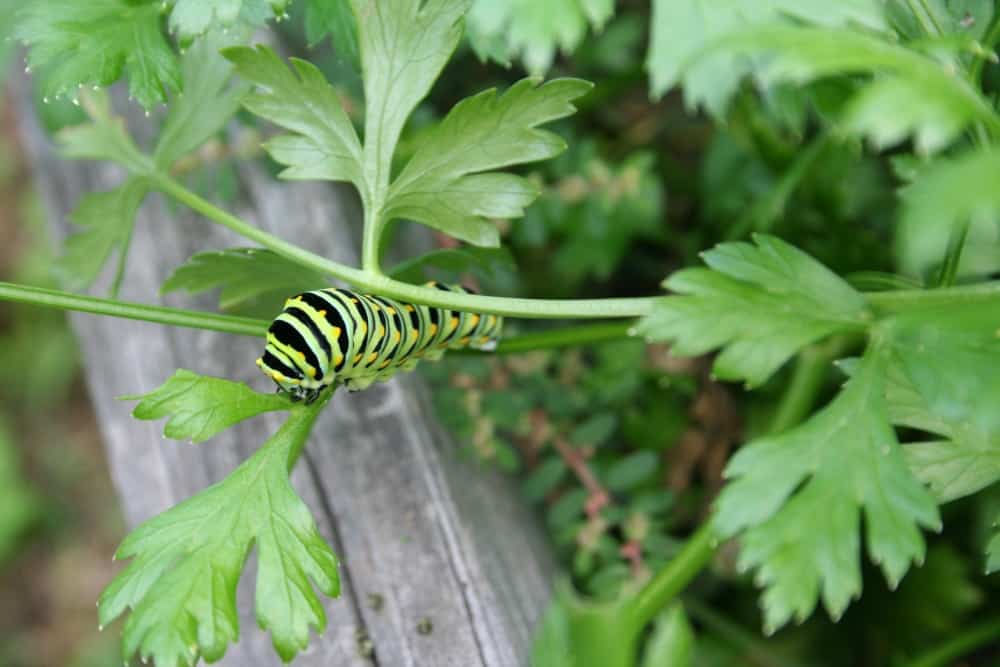
Parsley is often used as a garnish but it offers tremendous nutrition. Contained within its leafy green leaves is a blend of vitamin K and vitamin C, folate, and iron. Its volatile oils include myristicin, limonene, eugenol, and alpha-thujene. Its flavonoids include apiin, apigenin, crisoeriol, and luteolin. What does that mean to you? It means an herb that acts as a nutritive and diuretic herb.
I’ve stir-fried parsley into dishes calling for leafy greens with excellent results. I’ve also added it to salads, but the same volatile oils that give it such a strong scent also give it a strong flavor when it’s eaten raw. It’s not everyone favorite flavor.
What to do, then, when you have an abundance of parsley? Our ancestors made savory jams and jellies to flavor their foods throughout the winter months. Jellies and jams were also served the way that we would serve a dessert, simply placed in a little cup with a dab of cream on top.
Parlsey-lemon jelly is similar to the recipe that I made a few weeks ago for cranberry-basil jelly. It uses a strong infusion of parsley, along with a fruit juice, sugar, and pectin, to make a sweet and savory jelly that, when tinted with a bit of green food coloring, would make a wonderful Christmas gift!
Here is the recipe that I used to make this batch of lemon-parsley jelly. As with the cranberry-basil jelly, the recipe is inspired, with many updates, from the book Herbs with Confidence by Bertha Reppert.
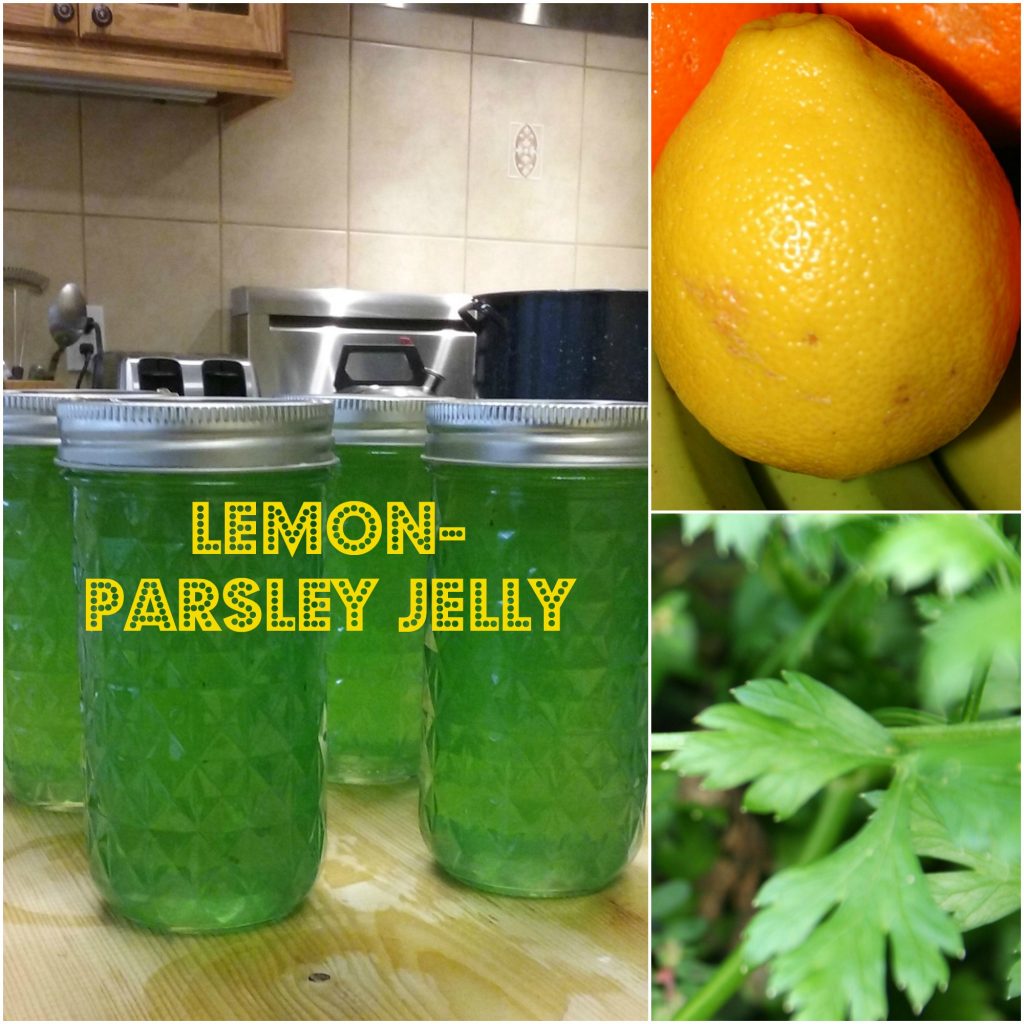
Recipe for Lemon Parsley Jelly
This recipe makes about eight half-pint jars of jelly. Have a hot water bath canner ready along with clean jars, new lids, and jar sealing rings, along with your favorite set of canning tools.
Ingredients
- 3 1/2 cups of boiling water
- 1 to 2 cups of fresh, chopped parsley
- 4 1/2 cups of sugar
- 2 tablespoons of fresh or bottled pure lemon juice
- 6 tablespoons of powdered classic fruit pectin
- 4-6 drops of green food coloring
First, make an infusion of parsley. To do this, clean and chop the parsley into a large heat-safe bowl. Boil water. Pour boiling water over the parsley in the bowl. Put a heat-safe lid on the bowl. Let sit for 15 minutes. Strain and save the water, placing the parsley into your composting bin. The water is now an herbal infusion which will form the base of the jelly.
Pour 3 cups of the parsley infusion into a heavy saucepan, turn the heat on high, and add the lemon juice and pectin. Stir constantly until the mixture comes to a full boil. Add the sugar and keep stirring. Bring it back to a full boil and add the food coloring. Boil it hard for one full minute. Then, turn off the heat. Skim the foam from the top. Pour the jelly mixture into jars, placing lids and rings on them and tighten the screw bands. Place filled jars into the canning pot and when the water in the canning pot comes to a full boil, process for 10 minutes. Allow to stand in pot after lid is removed after 10 minutes, then remove the jars to a heat-safe space to enable the seals to set. Check seals. Date and label, and allow to cool. Enjoy!
Remember: Follow ALL canning safety tips. For more information on safe home canning, visit the National Center for Food Preservation.
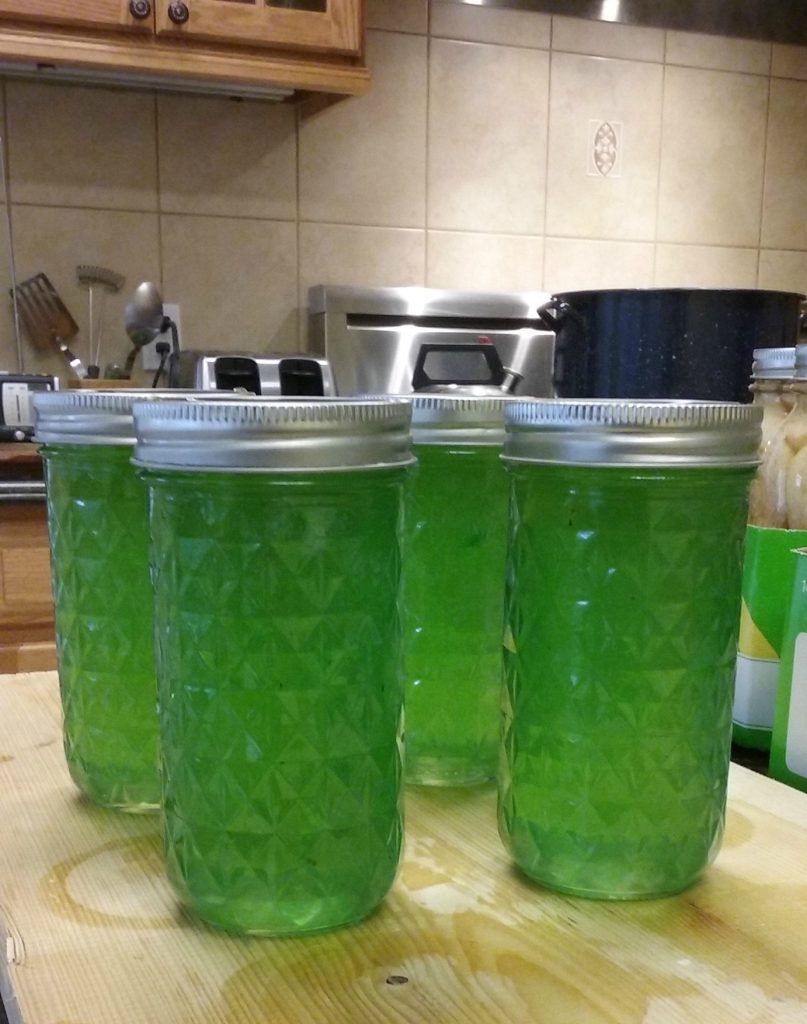
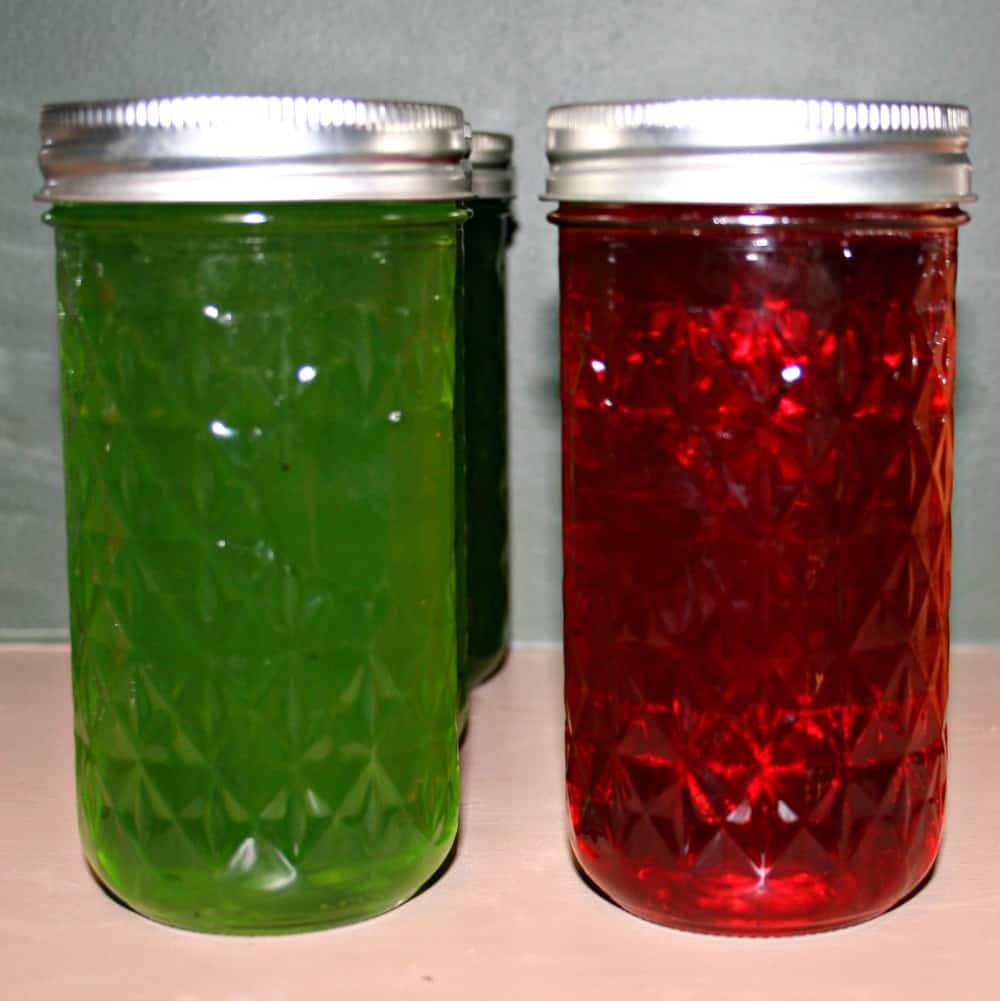

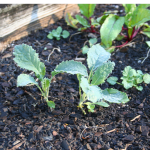
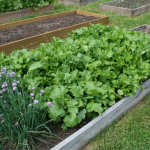

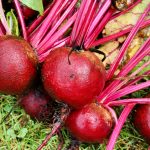
This jelly was excellent! I have always been given Smuckers. Therefore I stopped eating jelly, but whipped this up and am very pleased. Your email updates are probably the greatest emails I receive. Please continue posting recipes 🙂
I’m so glad you enjoyed it! Many thanks for leaving your kind message.